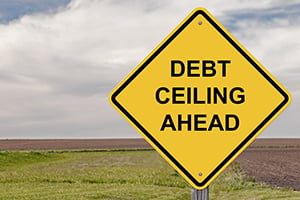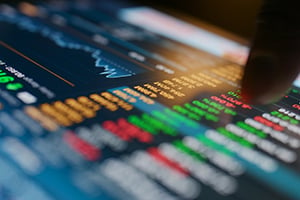We are at the start of the period in which companies release their results for the fourth quarter of 2022, known as earnings season. With everything going on—inflation, rate hikes, a labor shortage, the strength of the dollar, a pending recession, the list goes on and on—the results are unusually uncertain this time around. Analysts are struggling to figure out exactly what all this means.














